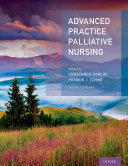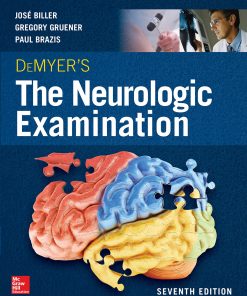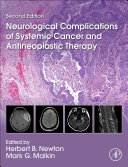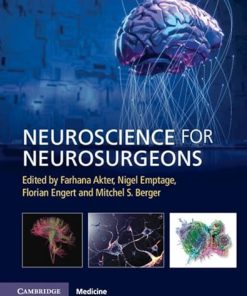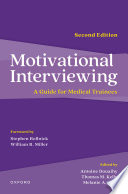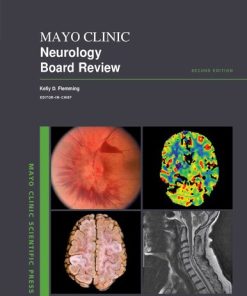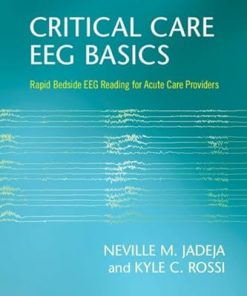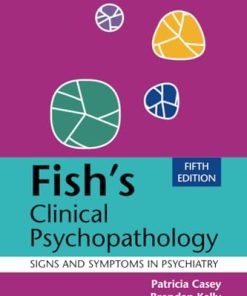The Neurologic Examination-Scientific Basis for Clinical Diagnosis 2th Edition Hiroshi Shibasaki
$50.00 Original price was: $50.00.$25.00Current price is: $25.00.
The Neurologic Examination-Scientific Basis for Clinical Diagnosis 2th Edition – Ebook Instant Download/Delivery ISBN(s): 9780197556306,0197556302
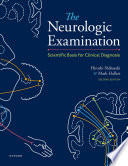
Product details:
- ISBN-10: 0197556329
- ISBN-13: 9780197556320
- Author: Hiroshi Shibasaki, Mark Hallett
The second edition of The Neurologic Examination looks at how to conduct a clinical neurological examination through a pathophysiological approach to the nervous system. This new edition is brought up to date with new data on genetic and immunological disorders and a significant expansion of illustrations of skin manifestations of neurologic disorders.The book provides in-depth instructions for clinicians with a logical order of history and the different parts of the examination. Organized by the functional anatomy of the nervous system, the book provides a bridge from basic science to symptoms and signs of many common and rare neurologic disorders, which will help in making diagnoses. The authors look at how to carry out an examination in different circumstances, from outpatients to patients in respiratory distress, with stroke and epilepsy, and various states of consciousness including coma. Laboratory testing is recommended when appropriate, but the main emphasis is on history and physical examination.The book contains over a hundred discussion boxes with details about neurologic disorders and history. While mainly directed to students and residents learning how to do a neurologic examination, it will still be useful even for more experienced clinicians.
Table contents:
1. Diagnosis of neurological diseases
2. History taking
3. Physical examination
4. Evaluation of consciousness
5. Brainstem and cranial nerve territories
6. Olfactory sensation
7. Visual functions
8. Pupils and accommodation
9. Extraocular muscles, gaze, and eye movements
10. Trigeminal nerve
11. Facial nerve
12. Auditory function
13. Sense of equilibrium
14. Swallowing, phonation, and articulation
15. Neck and trunk
16. Motor functions and movement disorders
17. Examination of motor functions
18. Tendon reflexes and pathologic reflexes
19. Involuntary movements
20. Somatosensory function
21. Autonomic nervous system
22. Posture and gait
23. Mental and cognitive functions
24. Aphasia, apraxia, and agnosia
25. Epilepsy and convulsion
26. Headache and migraine
27. Sleep disorders
28. Episodic neurological disorders related to ion channels
29. Functional (psychogenic) neurological diseases
30. Relay center of all sensory and motor functions (thalamus)
31. Adjustment to the external environment and control of the internal milieu (hypothalamus and neuroendocrinology)
32. Infectious diseases of the nervous system
33. Neurological emergency
34. Disability, functional recovery, and prognosis
35. How to plan laboratory tests
People also search:
The Neurologic Examination-Scientific Basis for Clinical Diagnosis
What is clinical significance of neurological examination
What are common diagnostic procedures used during neurologic examinations
What does a neurological assessment determine
What are the principles of general neurological examination
You may also like…
Medicine - Neurology
DeMyer’s The Neurologic Examination: A Programmed Text 7th Edition José Biller
Medicine - Neurology
Neuroscience for Neurosurgeons 1st Edition by Farhana Akter 1108918468 9781108918466
Medicine - Neurology
Mayo Clinic Neurology Board Review (Mayo Clinic Scientific Press)
Uncategorized




